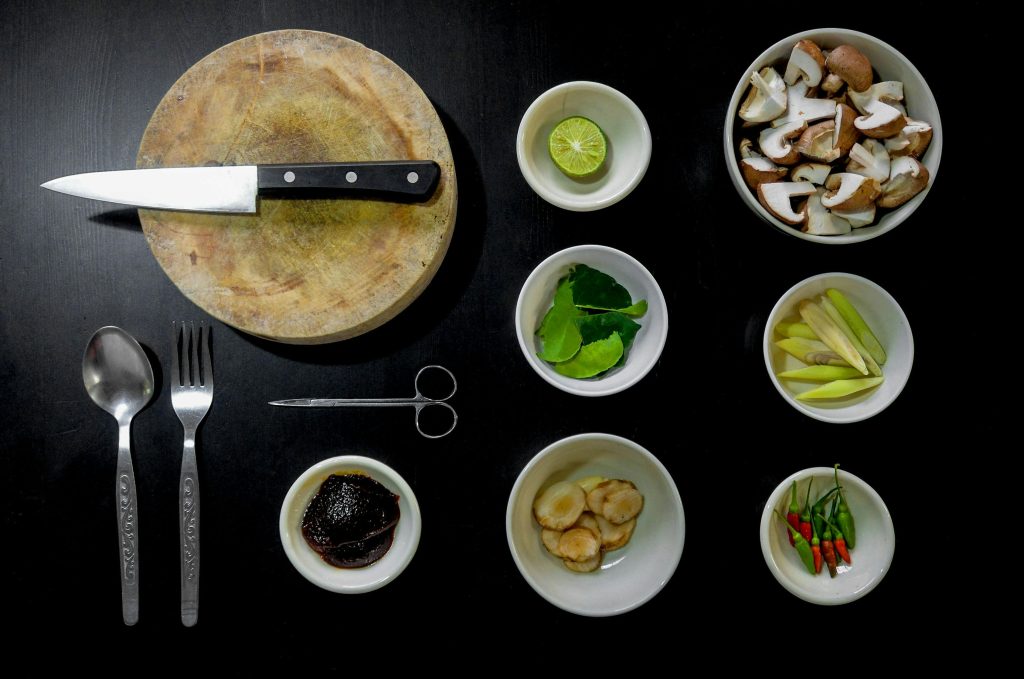Out of Sight, Out of Mind: How Hiding Poor Food Choices Can Transform Your Eating Habits
Have you ever reached for a bag of chips or a candy bar, not because you were hungry, but simply because it was there? Convenience plays a powerful role in the choices we make, especially when it comes to food. Studies show that the easier it is to access certain foods, the more likely we are to consume them—regardless of our actual hunger levels.
If you’re striving to eat healthier, one surprisingly effective strategy is to make poor food choices less convenient. By hiding unhealthy snacks and keeping them out of easy reach, you can reduce temptation and help build better eating habits over time. This blog explores how to re-engineer your environment to encourage mindful eating and make nutritious options your go-to.

Why Accessibility Matters in Food Choices
Humans are creatures of habit. When we’re tired, stressed, or distracted, we tend to default to the path of least resistance. This often means reaching for the quickest, easiest option—whether it’s a bag of chips on the counter or cookies in the pantry.
Research in behavioral psychology has revealed that proximity and visibility play a significant role in our food consumption. Foods that are within arm’s reach or prominently displayed are more likely to be eaten than those that require extra effort to access. By hiding unhealthy options and prioritizing healthier choices, you can “nudge” yourself toward better habits.

Step 1: Identify Your Trigger Foods
Before you start rearranging your kitchen, it’s important to identify the foods that derail your healthy eating goals. These are often:
- High-calorie snacks like chips, candy, or cookies.
- Sugary drinks and sodas.
- Processed foods that are easy to grab and eat.
Write down a list of these trigger foods, and be honest with yourself. Awareness is the first step toward making intentional changes.

Step 2: Redesign Your Food Environment
Once you’ve identified your trigger foods, it’s time to make them inconvenient. Here’s how:
1. Hide Unhealthy Snacks
- Top Shelves: Store snacks like chips, cookies, and candy on the highest shelves in your pantry or cabinets. If you have to get a step stool to reach them, you’re less likely to indulge impulsively.
- Opaque Containers: Transfer snacks into non-transparent containers. Research shows that seeing food increases cravings, so out of sight truly can mean out of mind.
- Basement or Garage Storage: If you have a larger stockpile of treats, consider storing them in a less accessible area, such as a basement or garage.
2. Keep Healthier Options Front and Center
- Countertop Fruits: Display fresh fruits like apples, bananas, or oranges in a bowl on your kitchen counter.
- Eye-Level Pantry Placement: Arrange healthy snacks like nuts, seeds, or whole-grain crackers at eye level in your pantry.
- Refrigerator Organization: Place washed and cut veggies, fruits, and yogurt at the front of your fridge for easy access.

Step 3: Create Friction for Poor Choices
Adding small obstacles between you and your unhealthy choices can make a big difference. Here are some ways to create friction:
- Single-Serving Packaging: If you keep snacks at home, portion them into smaller bags. This makes overeating less likely and requires you to think twice before opening another package.
- Freeze It: Place candy bars or baked goods in the freezer. They’ll require time to thaw, discouraging instant gratification.
- Break Down Multipacks: If you buy large multipacks of chips or cookies, store them in separate, hard-to-reach places. This makes grabbing a second serving less convenient.

Step 4: Reevaluate Your Shopping Habits
Changing your environment starts with what you bring into your home. By tweaking your shopping habits, you can reduce the need for “hiding” unhealthy foods altogether.
- Shop with a List: Stick to a pre-planned list to avoid impulse purchases.
- Avoid Shopping Hungry: When you’re hungry, you’re more likely to buy unhealthy options.
- Shop the Perimeter: Focus on the outer aisles of the grocery store, where fresh produce, lean proteins, and dairy are typically located.
- Limit Bulk Purchases: While buying snacks in bulk might seem economical, it often leads to overeating.

Step 5: Build Healthier Habits Around Food
Hiding poor food choices is just one piece of the puzzle. To truly transform your eating habits, pair this strategy with mindful eating practices.
1. Practice Portion Control
- Use smaller plates and bowls to naturally limit portion sizes.
- Serve food in the kitchen rather than placing large serving dishes on the table.
2. Eat Mindfully
- Sit down at the table for meals without distractions like TV or smartphones.
- Chew slowly and savor each bite, paying attention to your hunger and fullness cues.
3. Plan Your Meals
- Prepare balanced meals in advance to reduce the temptation of grabbing something unhealthy.
- Keep a few quick, healthy options (like pre-made salads or frozen veggies) on hand for busy days.

Step 6: Involve Your Family or Housemates
If you share your living space, involve others in your efforts to create a healthier environment. Explain your goals and ask for their support.
- Shared Spaces: Keep communal snack areas healthy by stocking them with fruits, nuts, and whole-grain options.
- Personal Zones: If housemates insist on keeping unhealthy snacks, designate separate storage areas to minimize temptation.
Step 7: Reward Yourself for Healthy Choices
Behavioral changes are easier to maintain when they’re associated with positive reinforcement. Reward yourself for sticking to your goals, but choose non-food-related rewards, such as:
- A new book or movie.
- A relaxing bubble bath.
- A fitness class you’ve wanted to try.

Why This Strategy Works
By hiding unhealthy options and prioritizing nutritious ones, you’re aligning your environment with your goals. This approach removes the need for constant willpower by making the healthier choice the easier choice. Over time, these small adjustments can lead to significant changes in your eating habits and overall health.
Conclusion: Setting Yourself Up for Success
Hiding poor food choices in inconvenient places is more than just a clever trick—it’s a powerful way to take control of your eating habits. By redesigning your environment, you can reduce temptation, encourage mindful eating, and make healthier choices second nature.

Start small. Pick one or two areas to focus on this week—whether it’s reorganizing your pantry or stocking your fridge with pre-cut veggies. Over time, these small steps will add up, creating a home environment that supports your health and well-being.
Remember, the goal isn’t perfection—it’s progress. By making poor food choices less accessible and building healthier habits, you’re setting yourself up for long-term success. So go ahead, take that bag of chips off the counter, and put it on the top shelf. Your future self will thank you![:]
💬 Join the Bariradka Transformation Support group on Telegram!
Get exclusive tips, behind-the-scenes content, and chat directly with the author.
➤ Join the Community

